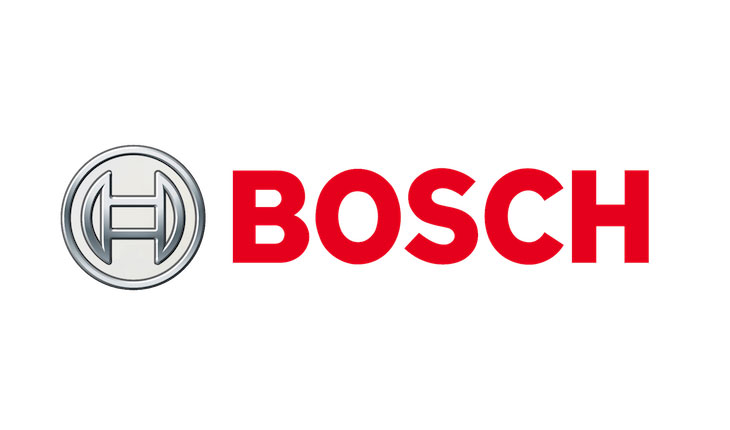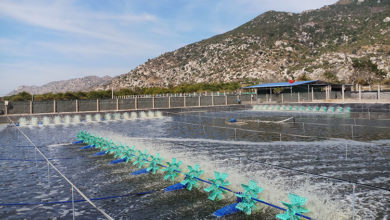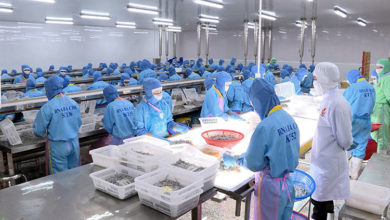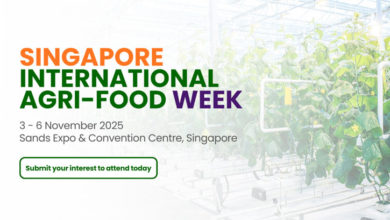Tien Giang embraces modern aquaculture technology for sustainable growth
Tien Giang Province is accelerating the application of advanced aquaculture technologies to support sustainable seafood production and climate resilience.
According to the provincial Department of Agriculture and Environment, over 422 hectares of aquaculture areas in Tien Giang have been certified under VietGAP, GlobalGAP, and ASC (Aquaculture Stewardship Council) standards.
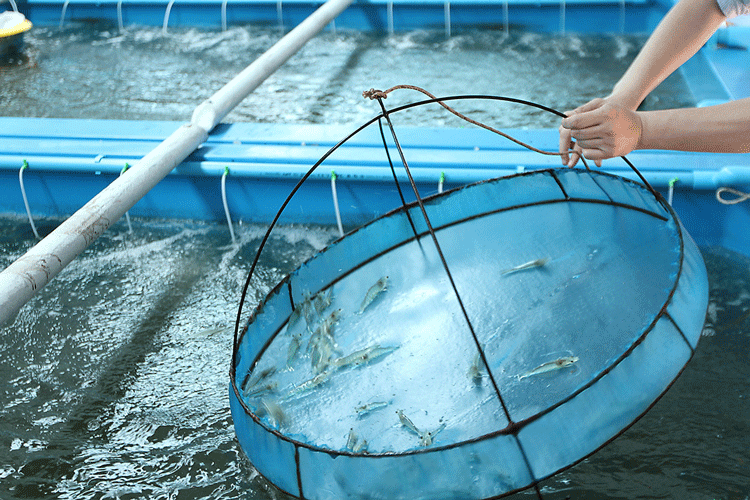
The province is currently scaling up eco-friendly farming models, including ecological farming and grafted cultivation systems, with a focus on minimizing environmental impact and adapting to climate change.
At the Tan Thanh beach in Go Cong Dong District, local authorities have guided clam farmers in applying scientific and technological practices to improve product quality, raise awareness about marine waste management, and restore coastal ecosystems. These efforts are aligned with the implementation of a conservation project for breeding and parent clams in the region.
To date, 350 hectares of clam farming areas in Go Cong Dong have obtained ASC certification, making it not only the fourth certified clam farming area in Vietnam but also in the world. This international recognition helps Vietnamese clams penetrate demanding markets such as Europe and Japan.
Currently, traders are purchasing commercial clams sized 50 – 60 pieces per kilogram at prices ranging from VND 20,000 to 25,000/kg. With an average yield of 15 tons per hectare, the clam sector is generating significant income and employment opportunities for around 100,000 coastal residents.
According to Le Van Son, Chairman of Go Cong Dong District People’s Committee, the district is collaborating with the International Collaborating Center for Aquaculture and Fisheries Sustainability (ICAFIS) and OXFAM to establish a clam management zone in line with Marine Stewardship Council (MSC) standards.
Beyond clams, coastal Tien Giang is seeing the expansion of aquaculture for blood cockles, oysters, shrimp, and fish. Whiteleg shrimp farming, in particular, is expanding thanks to favorable saline and brackish water conditions.
The province currently has 4,895 hectares dedicated to shrimp farming, including 3,200 hectares under intensive farming, with an annual output estimated at 19,850 tons. Tan Phu Dong and Go Cong Dong districts are the main production hubs.
Le Thanh Dang, Vice Chairman of Tan Phu Dong District, stated that the district’s aquaculture zones have benefited from infrastructure investments under the Nam Go Cong Project. Several irrigation systems have been constructed to support brackish and marine aquaculture, with shrimp being raised under both extensive and intensive models.
Authorities have also introduced new technical innovations, including probiotics combined with bottom aeration in shrimp ponds, and a two-phase shrimp farming model. Training programs and technical workshops are being held across coastal communities to help farmers adopt these effective and adaptive methods.
To date, nearly 3,800 hectares of aquaculture, mainly black tiger shrimp, whiteleg shrimp, bivalves, and pangasius, have been established across the province. In 2025, Tien Giang aims to expand aquaculture across freshwater, brackish, and saltwater ecosystems to reach a total of 15,000 hectares.
In parallel, the provincial authorities are strengthening regulations by inspecting and penalizing illegal aquaculture operations in coastal zones. They are also encouraging farmers to comply with legal frameworks so they can receive technical support and connect with sustainable supply chains.
VFM


